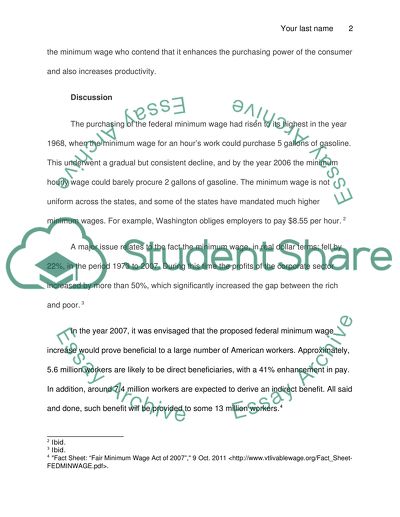Cite this document
(“The Minimum Wage Law Essay Example | Topics and Well Written Essays - 2500 words”, n.d.)
Retrieved de https://studentshare.org/macro-microeconomics/1391613-pros-and-cons-of-the-minimum-wage-law
Retrieved de https://studentshare.org/macro-microeconomics/1391613-pros-and-cons-of-the-minimum-wage-law
(The Minimum Wage Law Essay Example | Topics and Well Written Essays - 2500 Words)
https://studentshare.org/macro-microeconomics/1391613-pros-and-cons-of-the-minimum-wage-law.
https://studentshare.org/macro-microeconomics/1391613-pros-and-cons-of-the-minimum-wage-law.
“The Minimum Wage Law Essay Example | Topics and Well Written Essays - 2500 Words”, n.d. https://studentshare.org/macro-microeconomics/1391613-pros-and-cons-of-the-minimum-wage-law.


